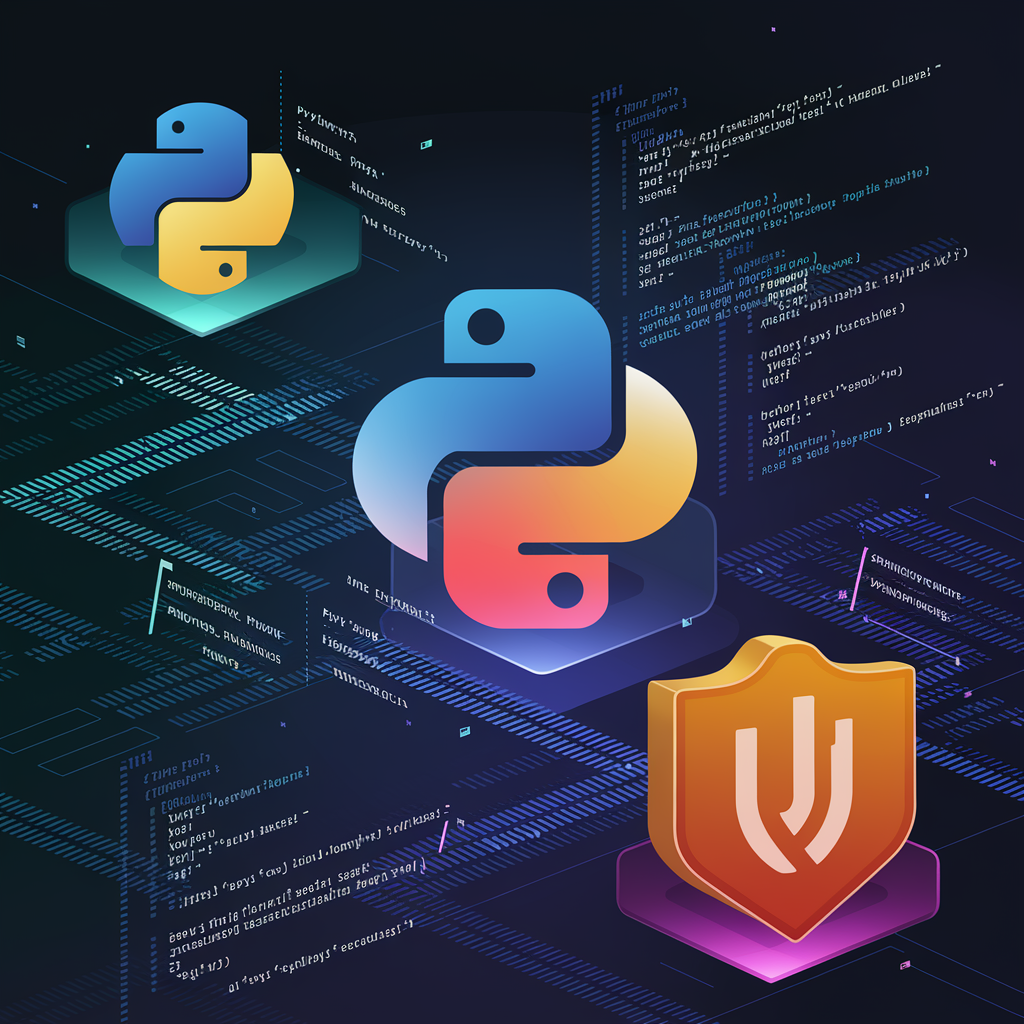Programming Language Comparisons: Which One is Right for Your Project?
Introduction
Choosing the right programming language is pivotal for the success of any project. Each language has its unique set of strengths and weaknesses that can significantly impact the outcome. This blog will guide you through the programming language decision-making process by comparing three major players: Python, JavaScript, and Java. Let’s explore what makes each language distinct and how they align with various project needs.
Python: The Versatile Powerhouse
Overview
Why does Python shine in the world of programming? Developed in the late 1980s, Python was designed to be intuitive and straightforward, making it a favorite among developers. Its simplicity and rich feature set have fueled its growth across many domains.
Key Features
- Readability: Python’s syntax is clean and resembles the English language, enhancing readability.
- Extensive Libraries: With robust libraries like TensorFlow and Django, Python supports fast and efficient development.
- Cross-Platform: Python is compatible with major operating systems, ensuring consistent performance across different environments.
Strengths
How does Python excel? Its unmatched versatility makes it a top choice in web development, data science, and AI. Python has a strong community, offering abundant resources and support. Its flexibility in integrating with other technologies adds to its strengths.
Use Cases
Where is Python the go-to choice? In data analysis and visualization, Python excels at handling complex data sets. For machine learning and AI, it offers an approachable way to develop sophisticated models. It's also popular for web development and automating repetitive tasks.
JavaScript: The Web Virtuoso
Overview
What role does JavaScript play in the digital world? Emerging in the mid-1990s, JavaScript revolutionized how web content is created and displayed, evolving from a simple scripting tool to a robust, full-stack language.
Key Features
- Client-Side Scripting: JavaScript drives dynamic web content, essential for interactive user experiences.
- Full-Stack Capabilities: With Node.js, JavaScript also powers server-side development.
- Vast Ecosystem: Libraries like React, Angular, and Express.js expand JavaScript’s capabilities.
Strengths
Why does JavaScript dominate web development? Its ubiquity allows for seamless integration, enhancing user interactivity. JavaScript's asynchronous capabilities efficiently handle complex workflows. A vibrant community ensures you always have resources at your disposal.
Use Cases
Where does JavaScript excel? It’s ideal for creating dynamic web applications and enhancing mobile app experiences through frameworks like React Native. On the server side, Node.js facilitates efficient, scalable network applications.
Java: The Reliable Workhorse
Overview
What makes Java a standout language? Introduced by Sun Microsystems in the mid-1990s, Java was built on the principle of "Write Once, Run Anywhere," offering platform-independent development.
Key Features
- Object-Oriented: Java enhances modularity and scalability through object-oriented programming.
- Performance: Efficient compiled execution supports large, complex systems.
- Extensive Tooling: Libraries and APIs meet varied development needs with reduced time and effort.
Strengths
Why is Java favored for large applications? Its reliability and speed make it ideal for enterprise-level systems. Java comes with strong IDE support (Eclipse, IntelliJ IDEA), boosting developer productivity through features like debugging and code completion.
Use Cases
Where is Java indispensable? Java powers enterprise applications and Android app development with security and scalability. In industries like finance, Java's reliability and performance are crucial for building secure applications.
Comparison and Decision-Making Guide
Comparison Criteria
How do these languages measure against one another?
- Performance: Java generally offers faster execution compared to the interpreted speeds of Python and JavaScript.
- Ease of Learning: Python is the most beginner-friendly. JavaScript follows closely, especially for web-based projects, while Java, though challenging, offers scalability benefits.
- Community Support: All languages boast strong community backing, ensuring continuous updates and resources.
Decision-Making Tips
Which language should you choose? Align the language with your project’s specific needs and long-term goals. Consider factors like ecosystem adaptability, maintenance complexity, and your team’s expertise. Balance these aspects to make an informed decision.
Conclusion
In the diverse programming language landscape, each language serves unique niches: Python impresses with clarity and data capability, JavaScript enhances interactive web experiences, and Java supports large, scalable applications. When selecting a language for your project, weigh the immediate requirements against long-term aspirations to ensure the best fit for your objectives.









